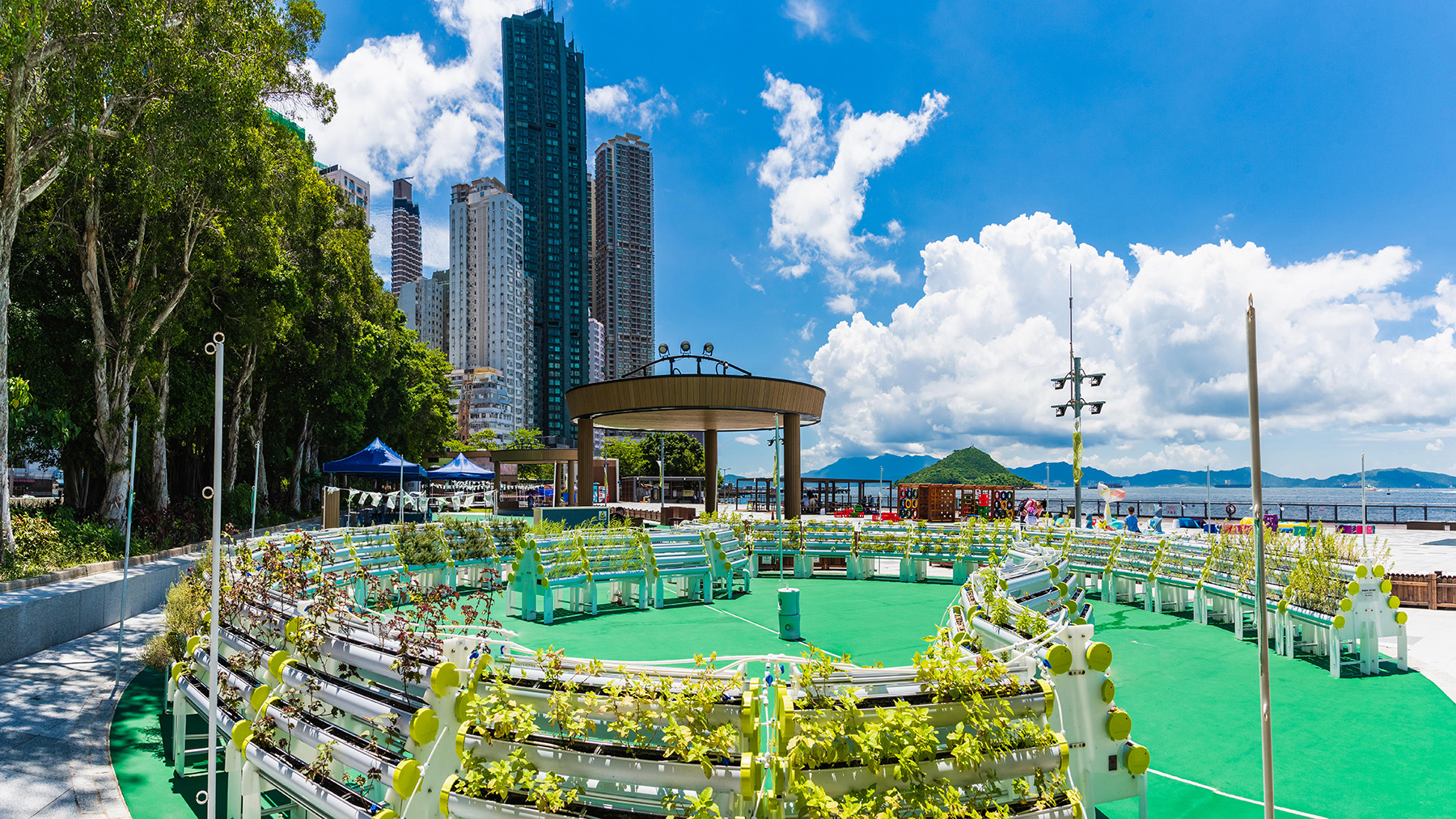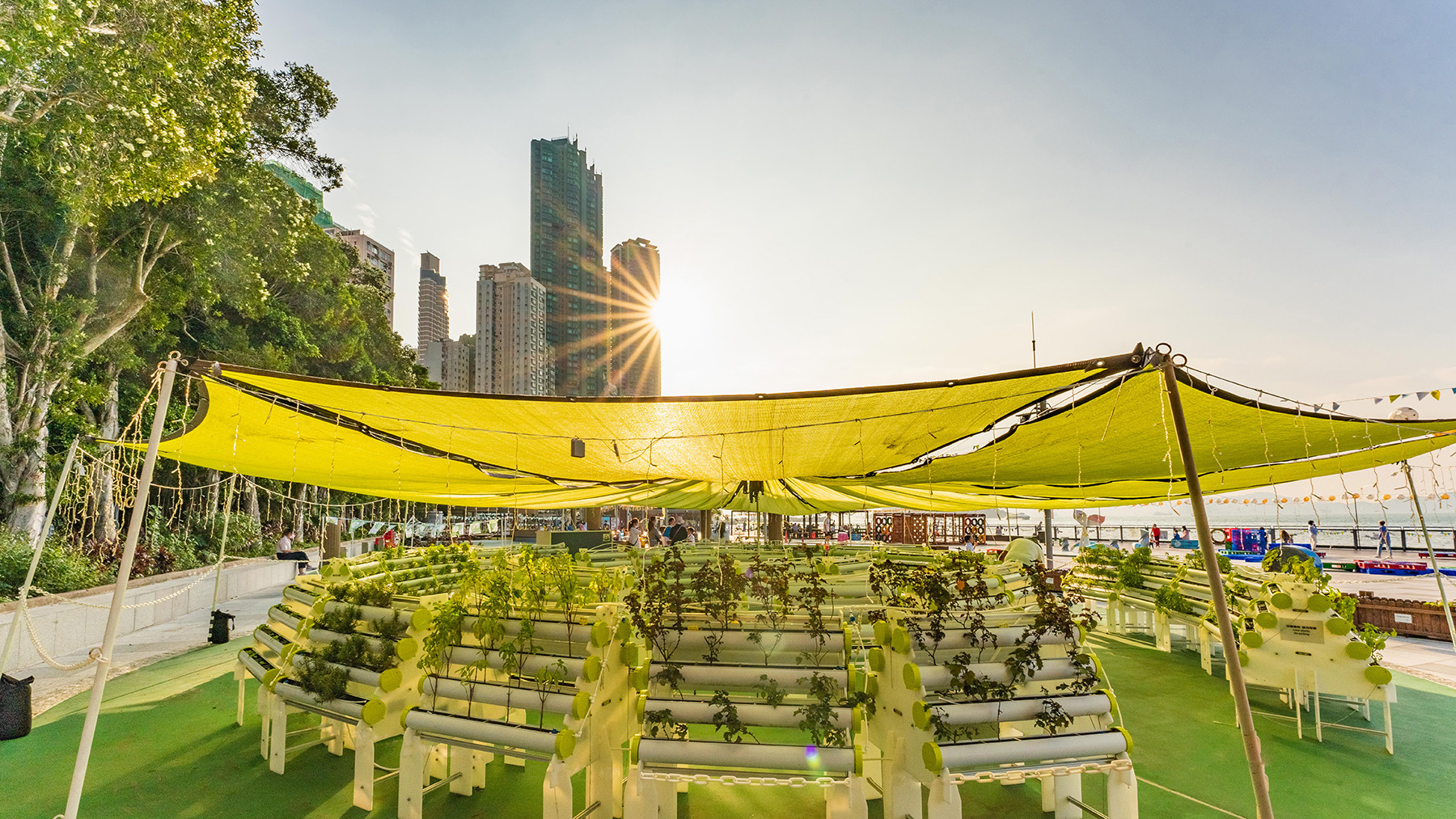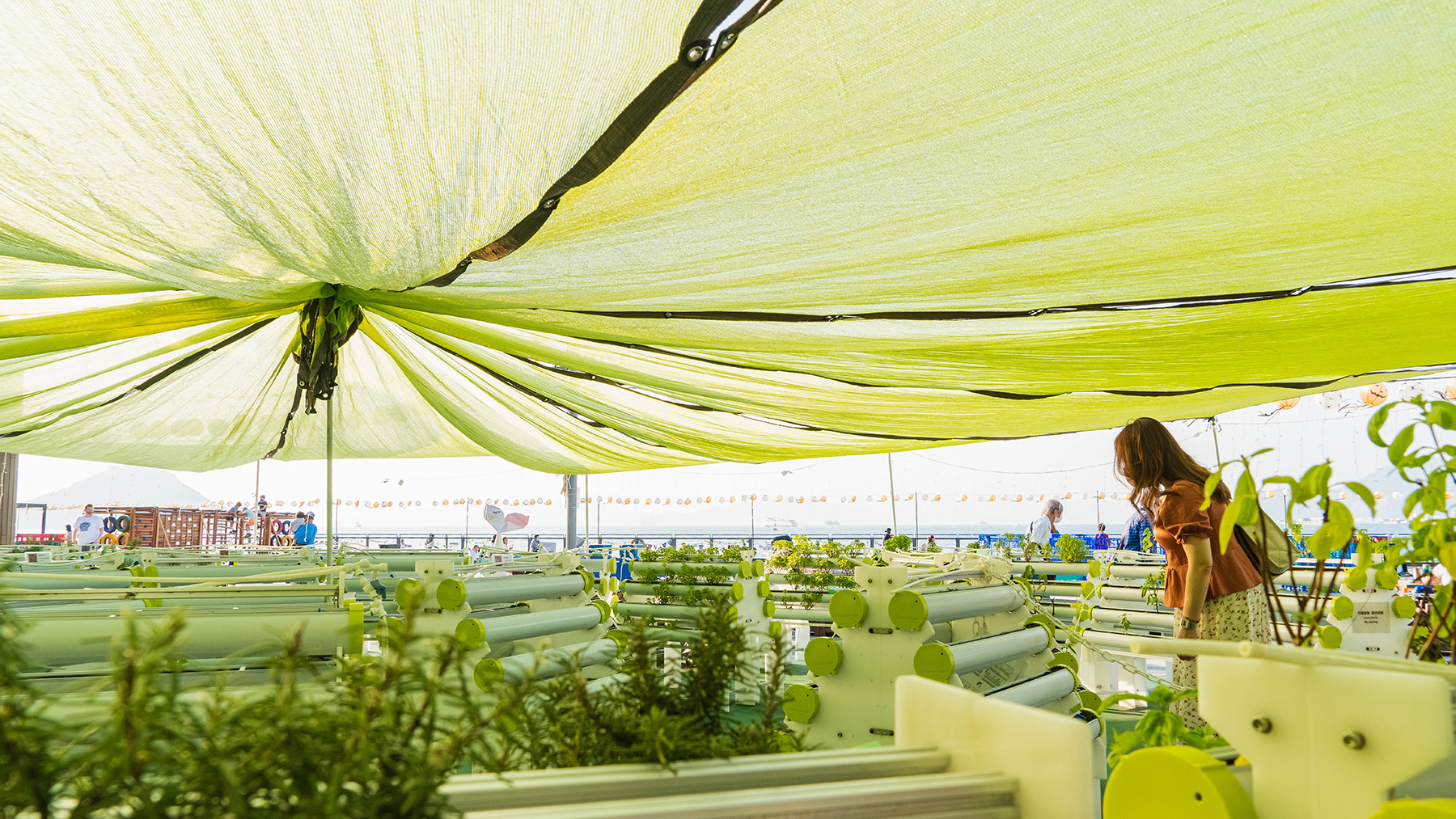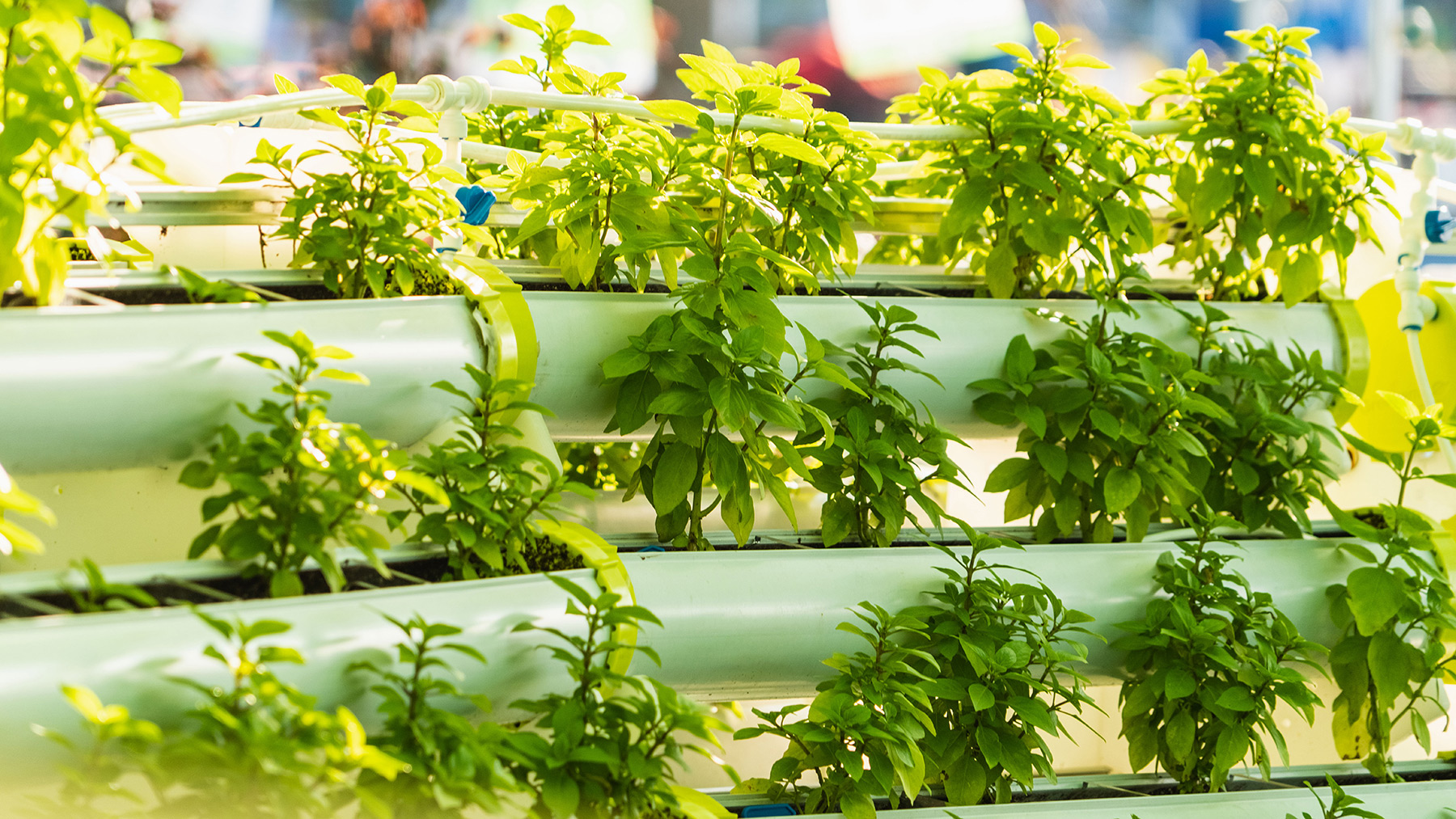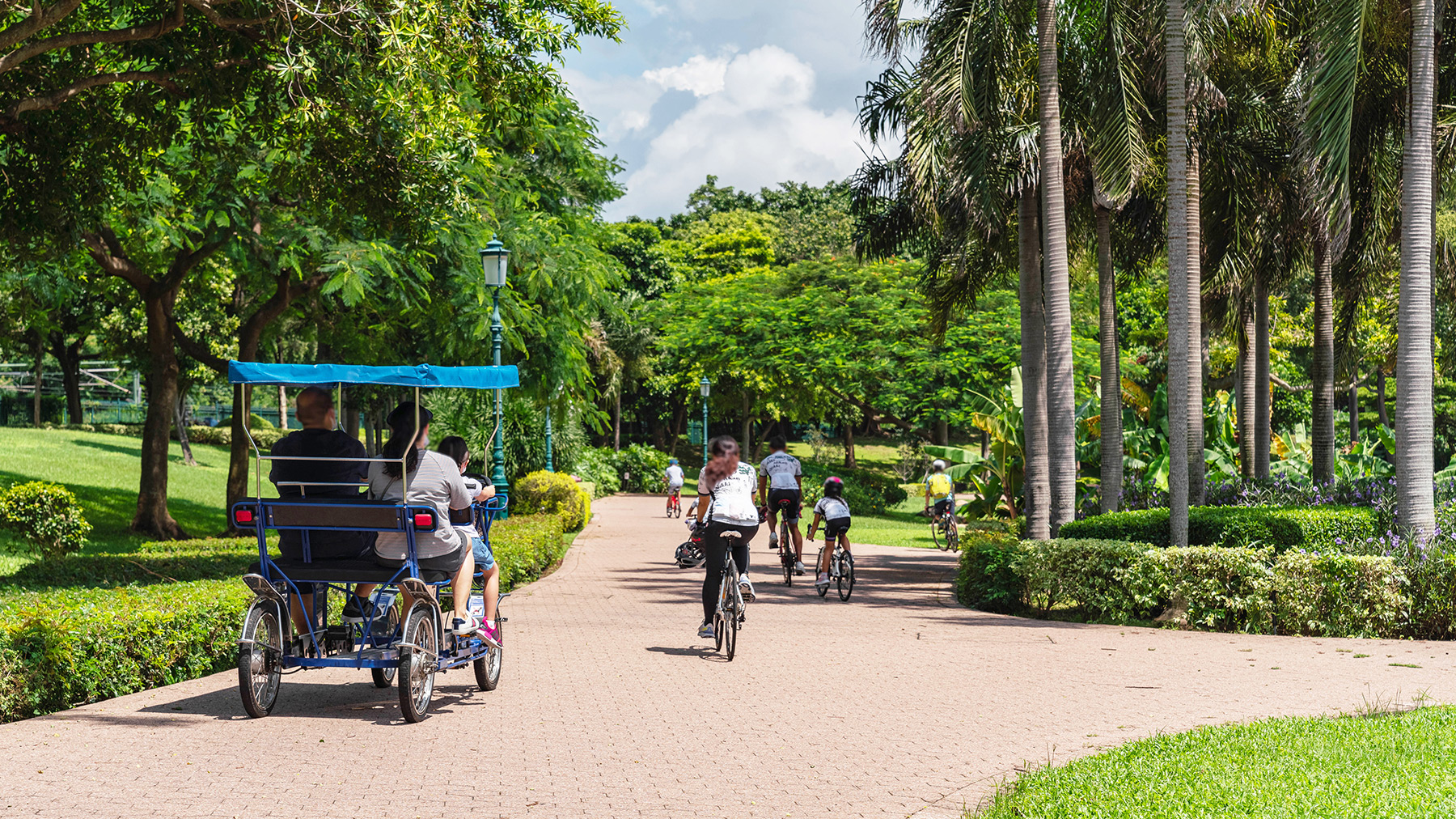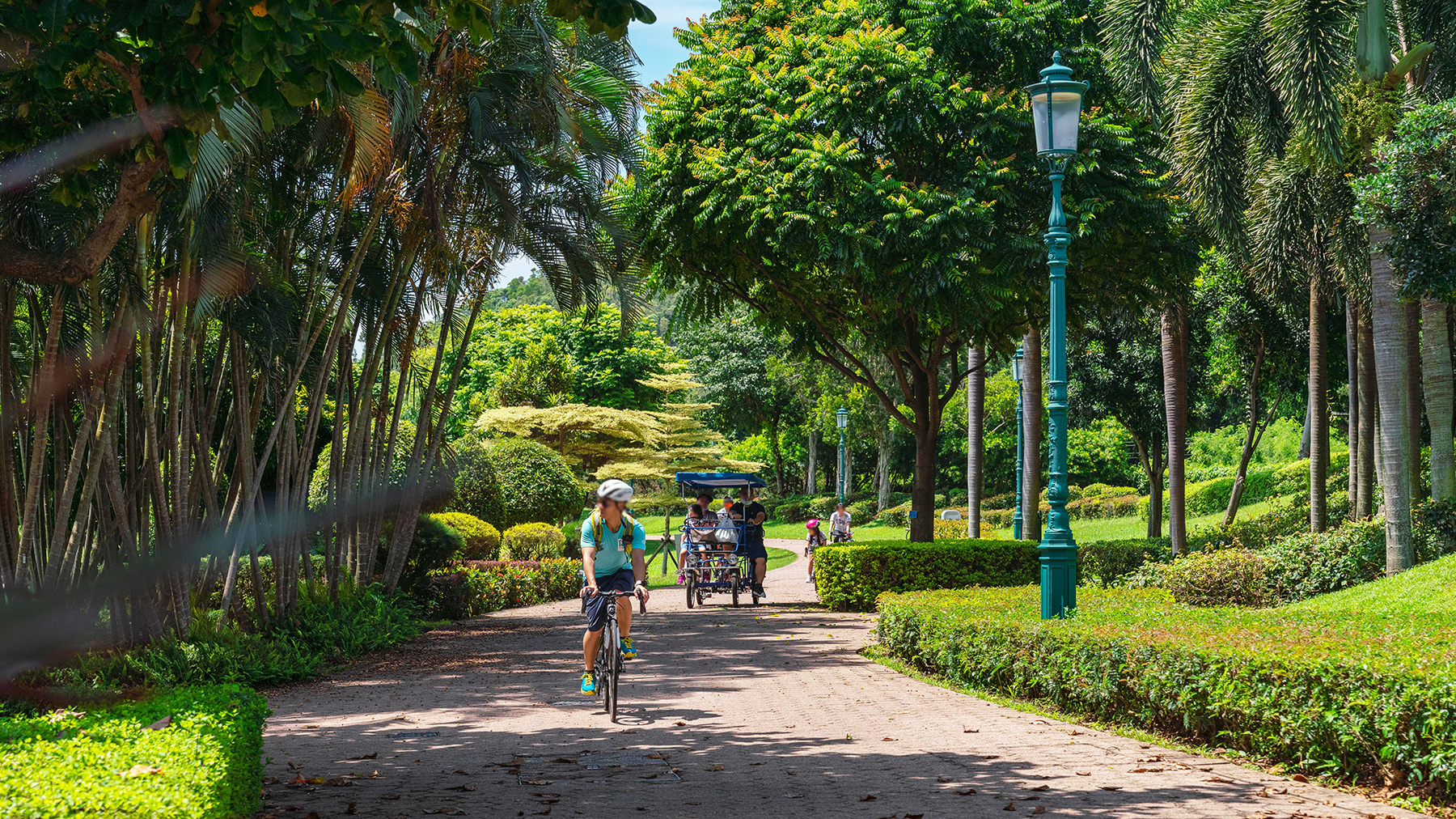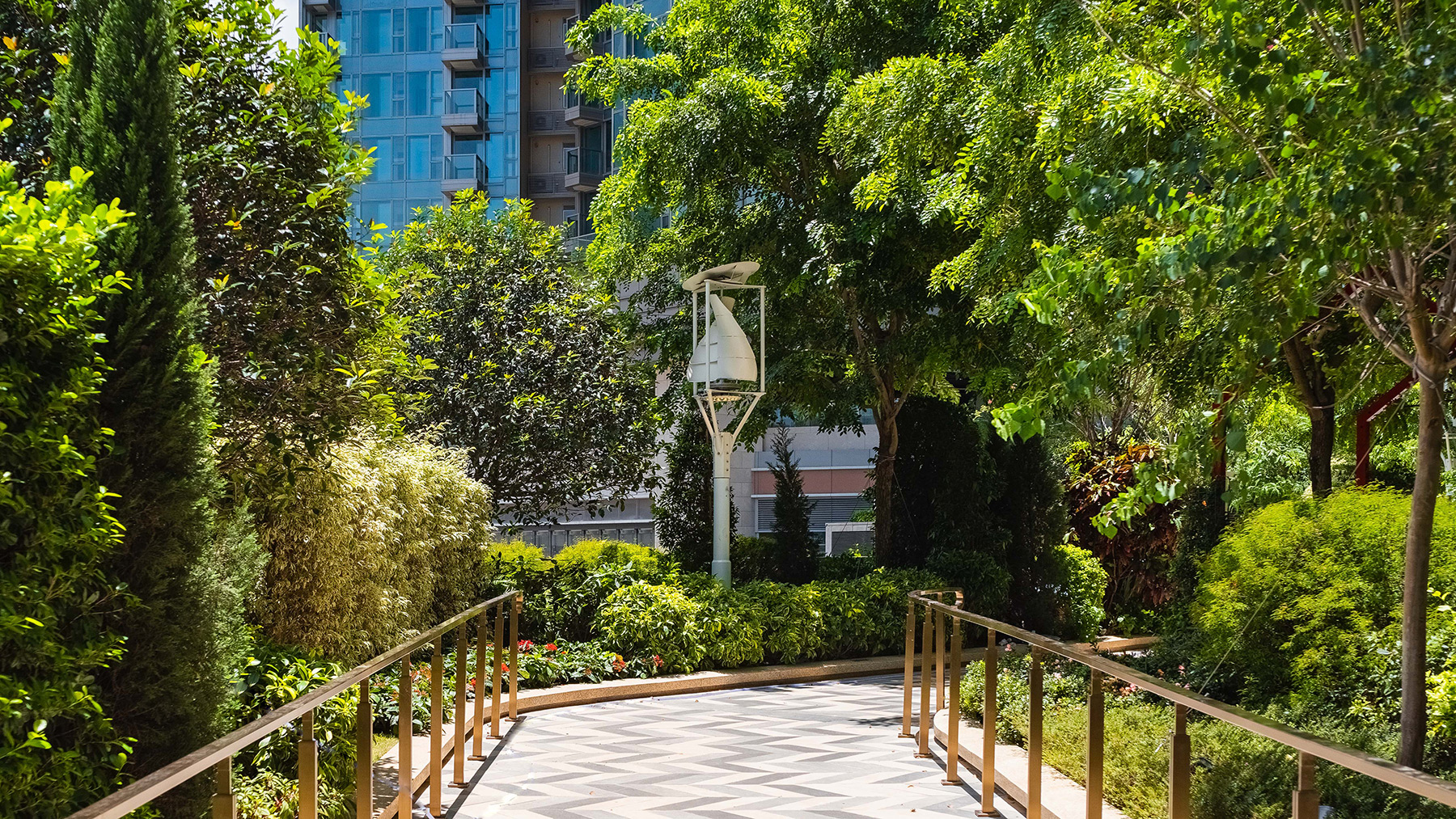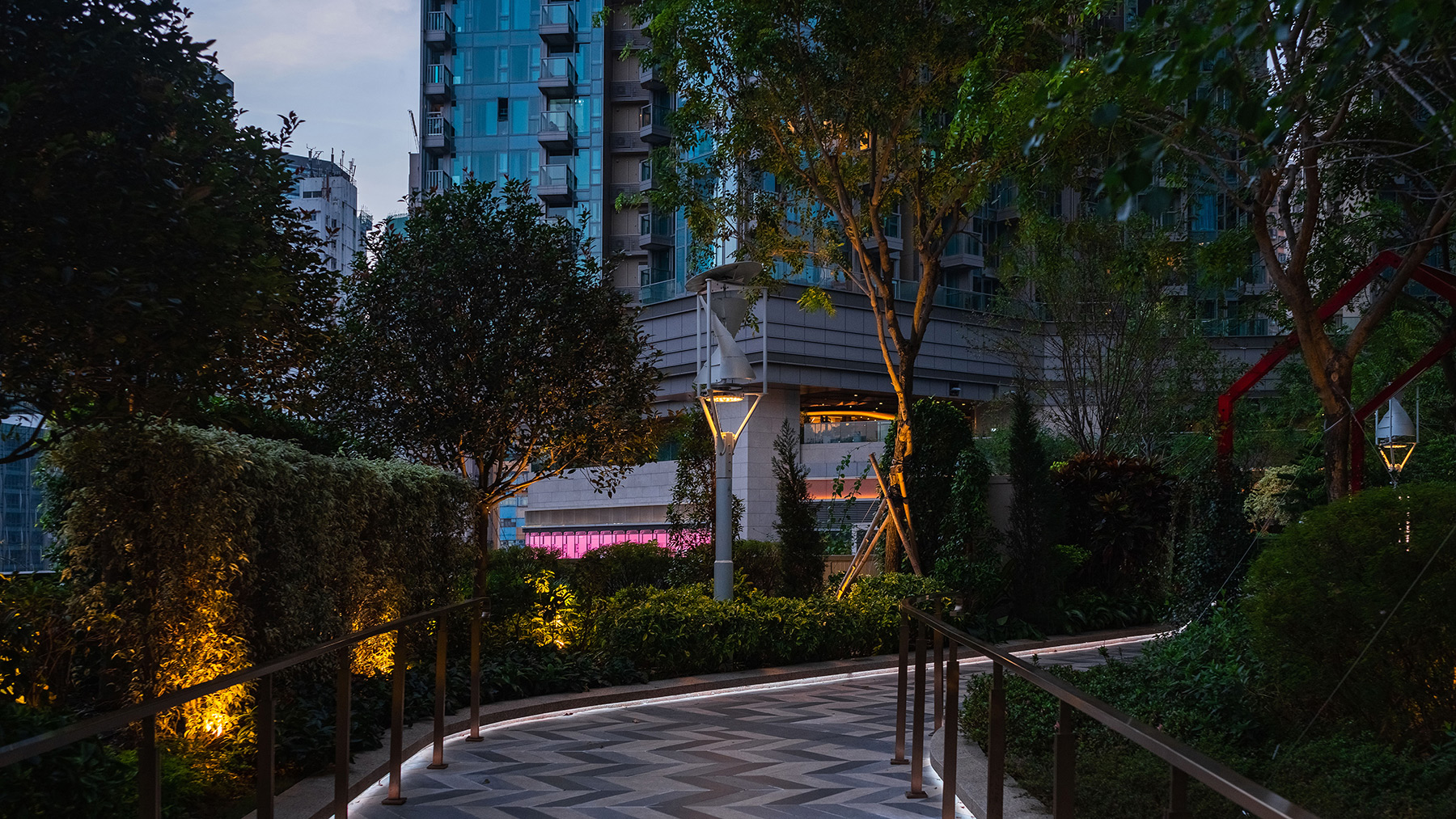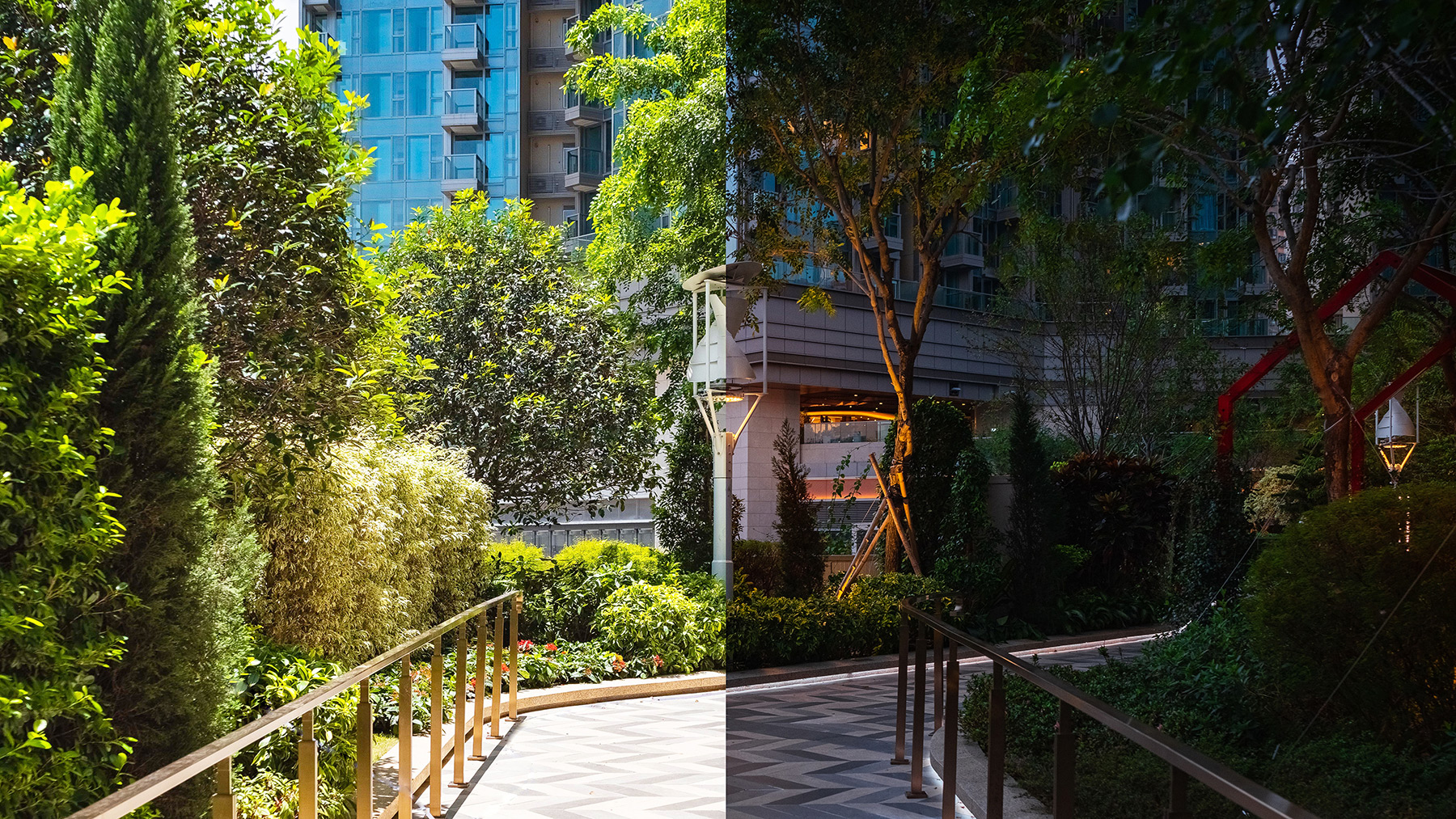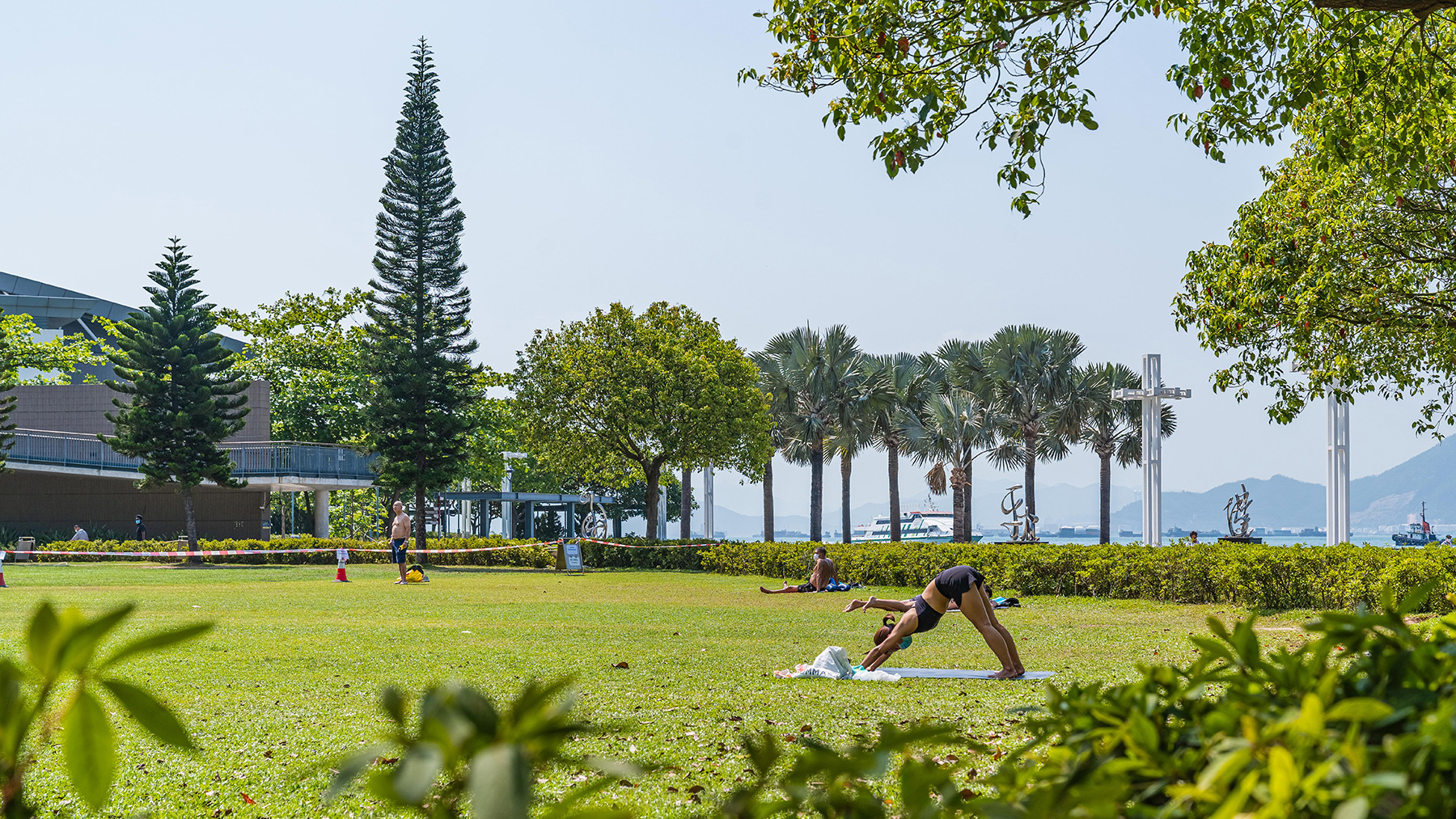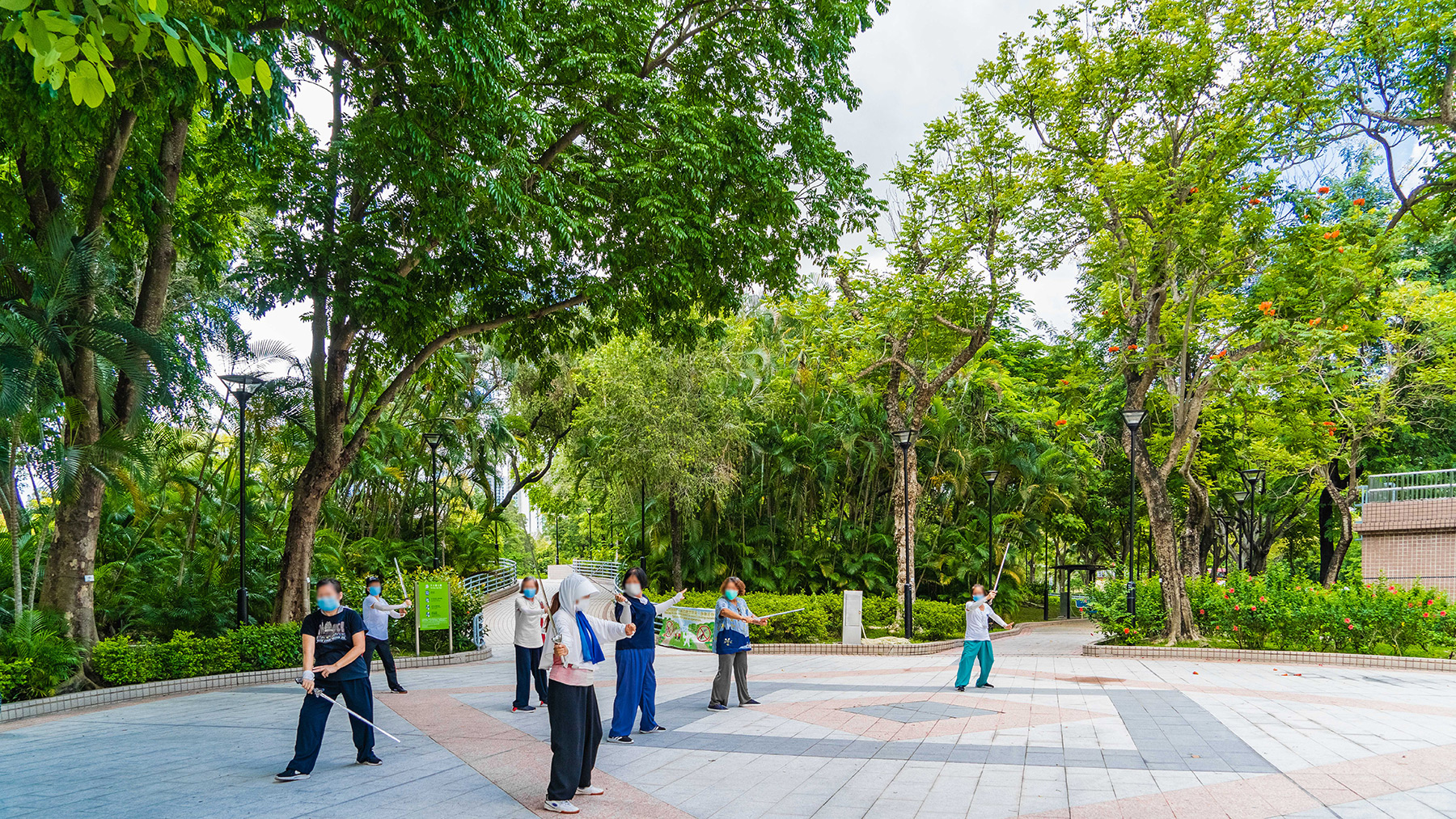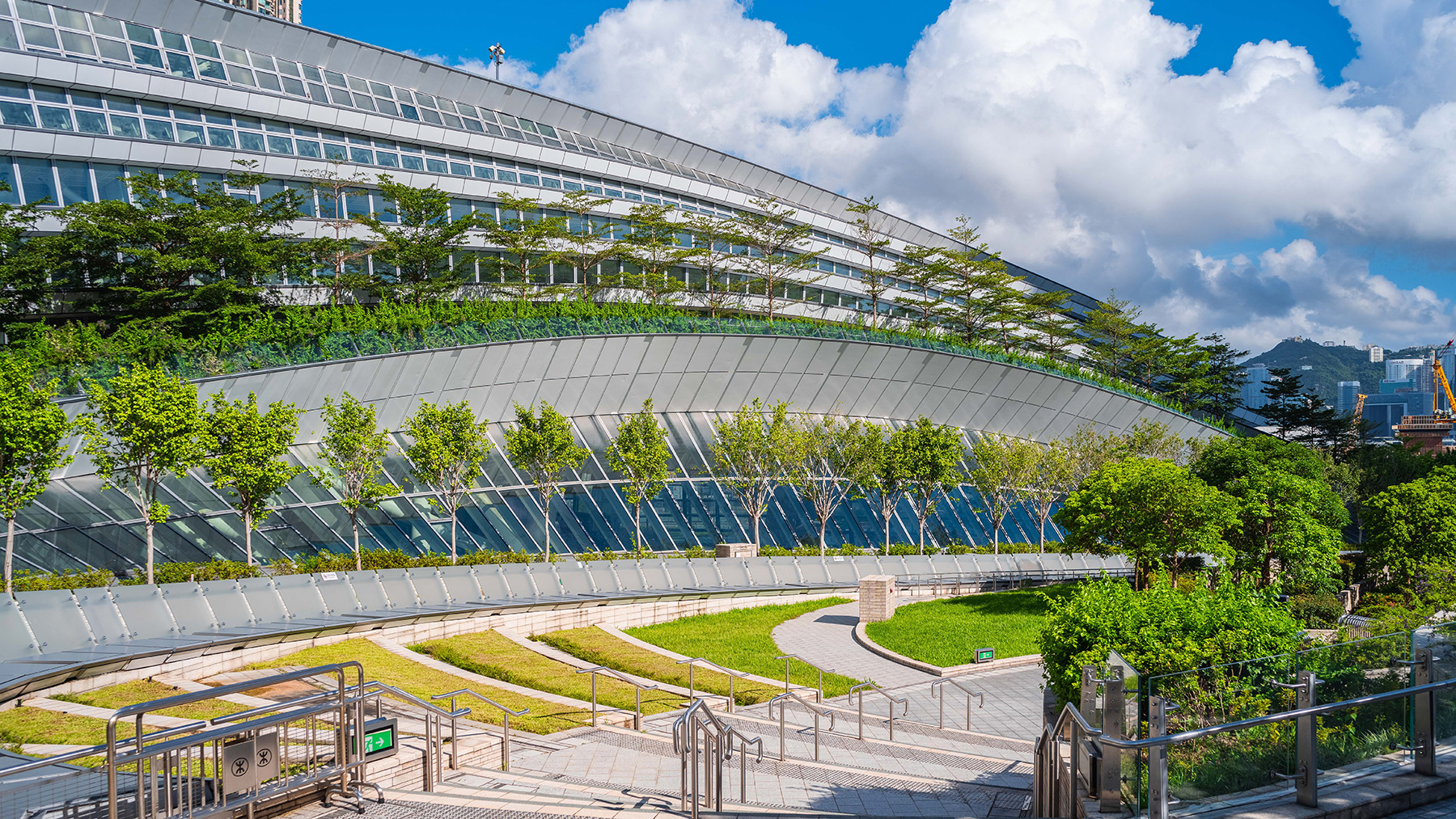
Biophilia is defined as human’s innate love of nature. An increase in urbanisation in modern societies has created a general disconnect with nature. Biophilic design focuses on this simple principle to create a more human-centred approach to designing our cities and re-establish a connection with nature that ultimately will not only improve the environment but also our own physical and psychological well-being. The key objective of biophilic design approach is to create an environment where people want to actively participate in, preserve and connect with natural landscape and nature generally.
Edible planting in landscape is the use of food plants as design features in landscapes. Fruit-bearing and vegetable-bearing plants, herbs and edible flowers are intended for aesthetic values as well as harvesting and consumption. The concept of edible planting in landscape gained popularity as it creates productive space which harvests fresh locally-grown food. In Hong Kong we often refer to plots and features reserved for edible plantations as community gardens or farms.
Greenways are corridors of land reserved for recreational use or environmental protection. Greenways offer economic, physical and social benefits for the greater good of the public. The establishment of greenways improves bicycle and pedestrian transportation and thus reduces pollution resulting from other more traditional forms of transport. Additionally greenways help promote a healthier lifestyle, provide easily-accessible, convenient and open spaces for running, strolling and cycling, and other active living styles.
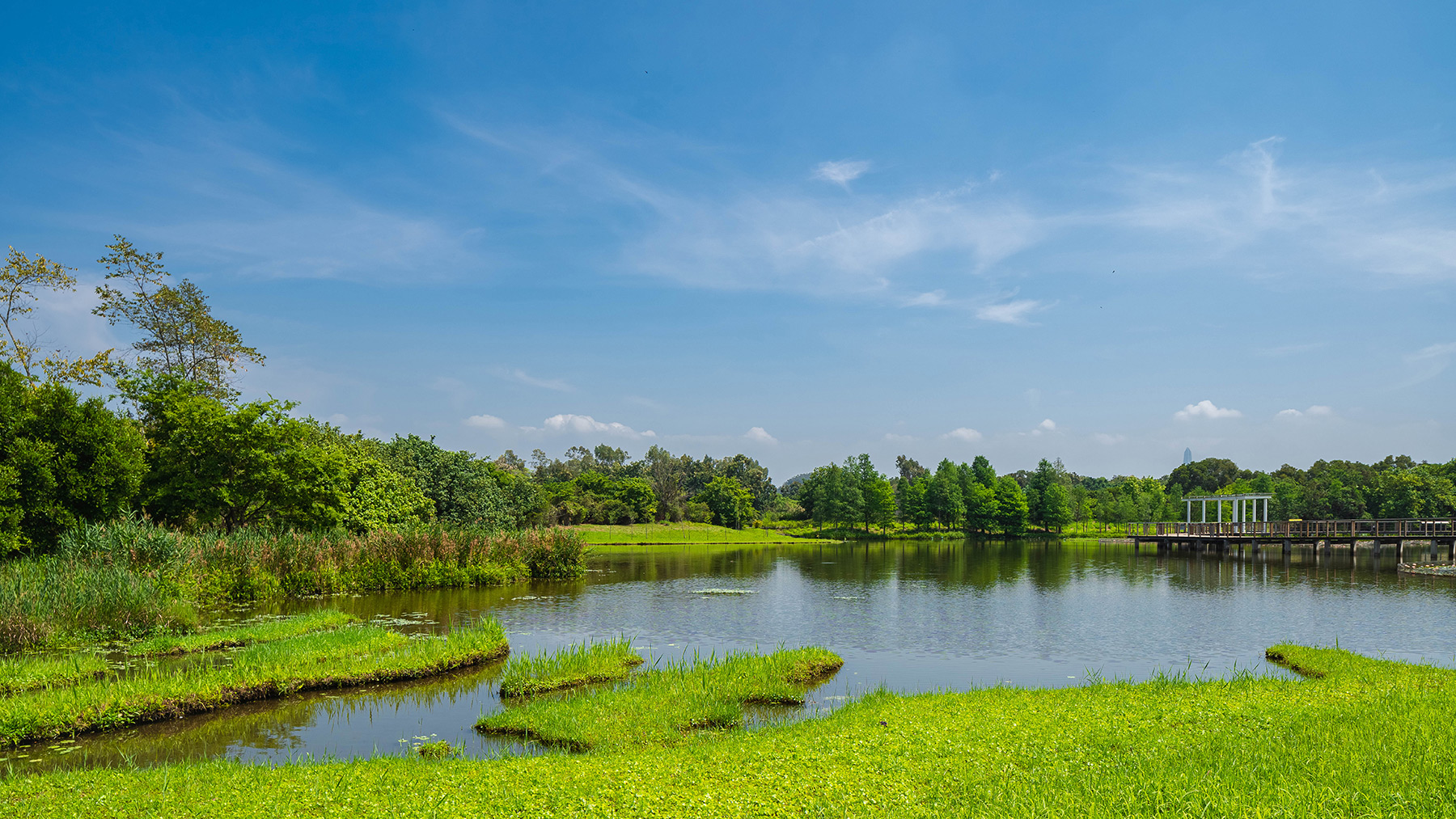
A resilient design that mitigates and adapts to climate change is crucial in the face of more frequent and intense natural events or disasters. Resilient landscape planning and design can reduce risks to life and property and improve ecological and human health at the same time. Resilient landscape design involves broad strategies that address global climate change challenges, such as protect and expand forests, rejuvenate degraded natural eco-systems and enhance bio-diversity.
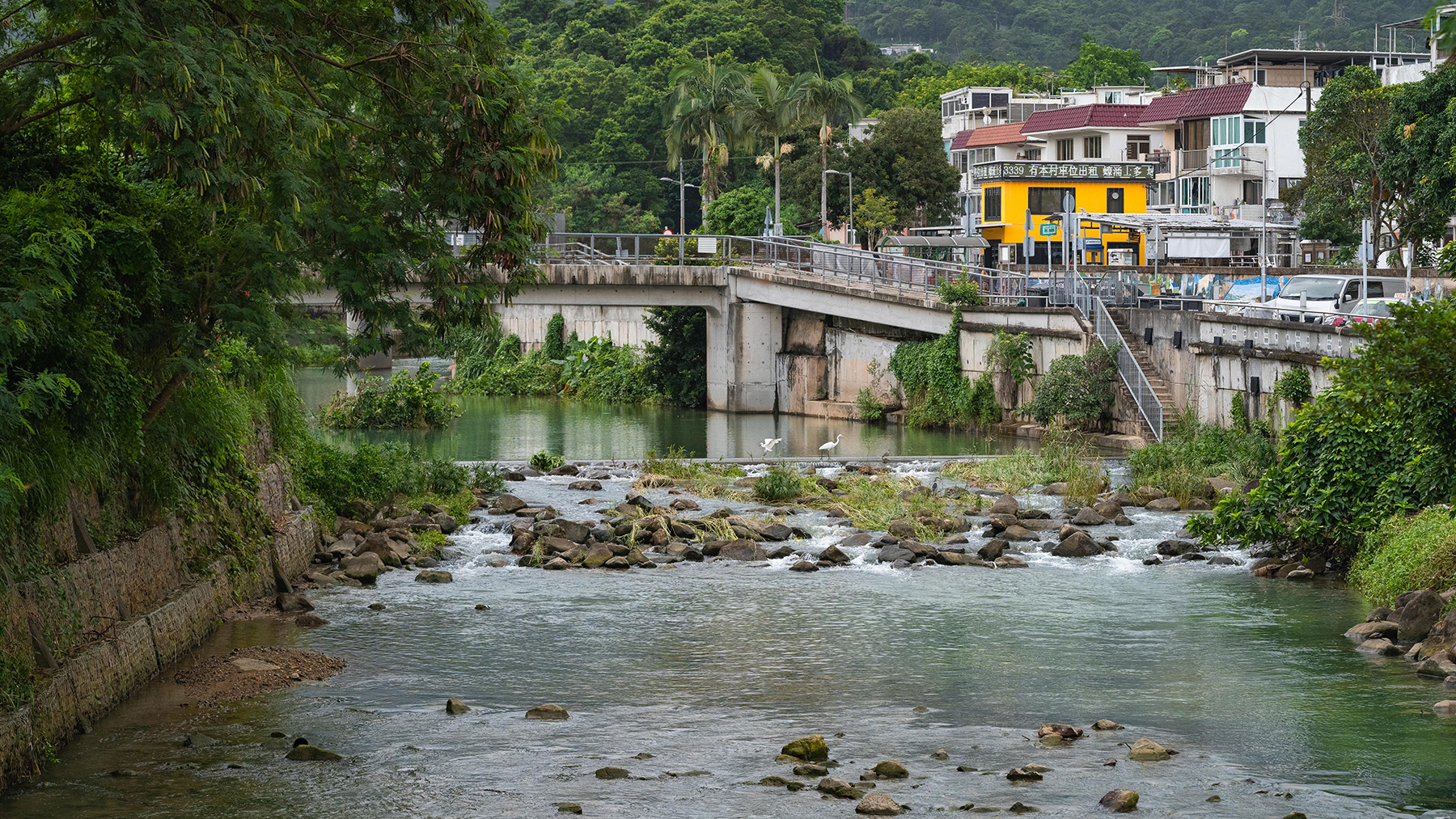
Traditionally, engineered channels were often viewed as engineered structures constructed to drain the waters as fast as possible. This severely disturbs, and often destroys, the natural ecosystems within the catchment area. River revitalisation is work conducted to improve the environmental condition of engineered channels, in support of biodiversity, recreation, flood management and/or landscape development. Revitalising a river’s biological and physical properties is effective in stabilising channels, restoring aquatic ecosystem and fish population.
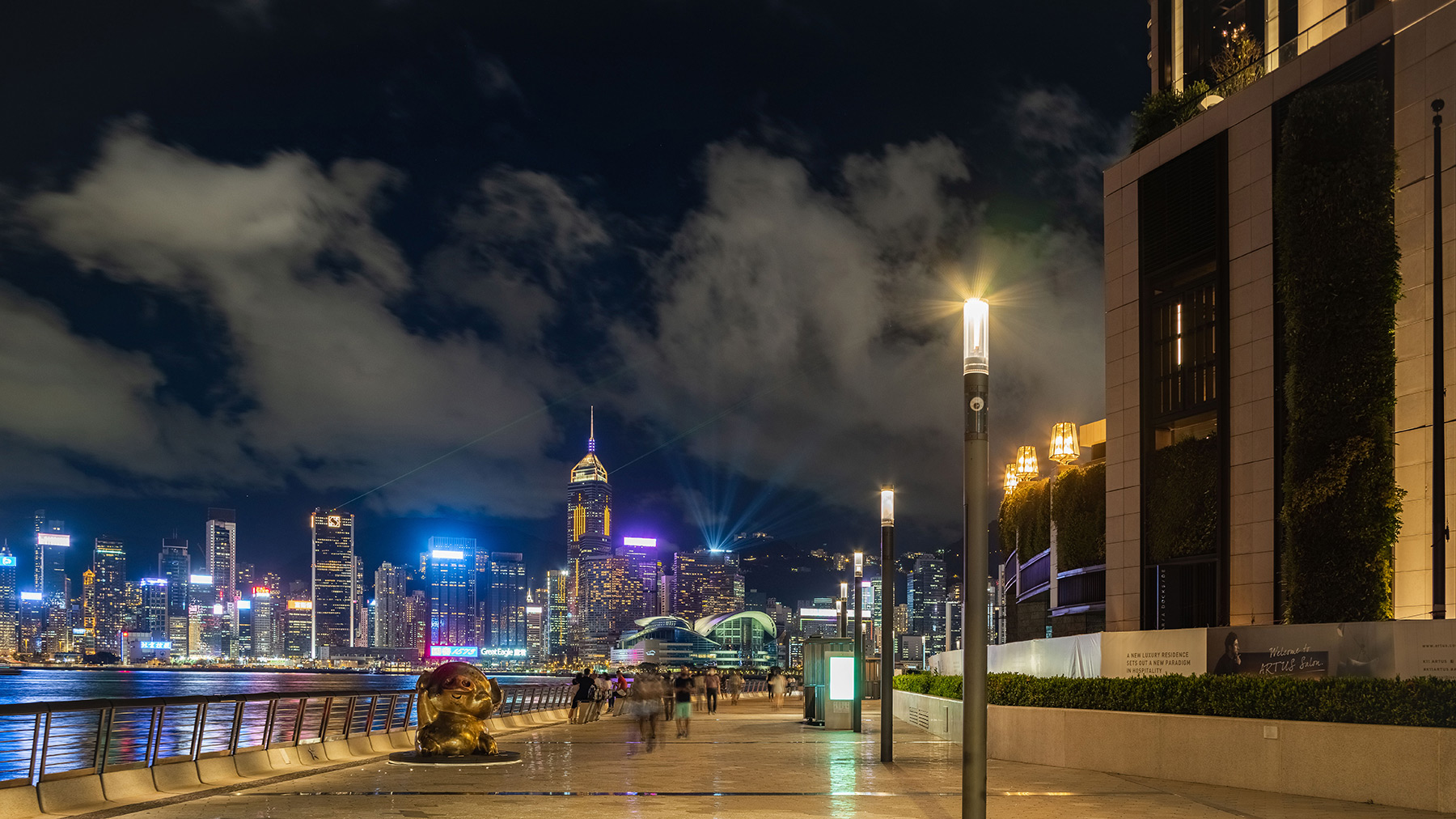
Smart City infrastructures are practical and user-friendly facilities that provide added-value and technically holistic solutions that adapt to the way we live. From a landscape and urban design perspective Smart City Technologies can help improve facilities, services provided and generally enhance our enjoyment of a place. One example includes the incorporation of technology into landscape furniture such as multi-purpose poles that incorporate Wi-Fi, audio and lighting, providing a variety of services in one element resulting in better utilisation of space and energy. Benches equipped with charging points are also an example of infrastructure that caters for the needs of the public whilst encouraging the use of facilities.
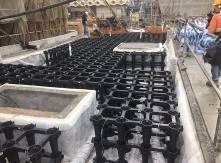
In a city setting, trees are often planted in planting pits with limited soil volume, competing with underground utilities, concrete footings and other structures. This results in hindered growth and less healthy trees generally. In view of this, soil cells are designed to provide trees in urban environments with suitable conditions that promote healthy root growth. Soil cell pavements can provide a soil structure, of suitable volume that supports the weight of trees, promotes moisture retention and drainage and minimising compaction whilst ensuring pavements above are structurally supported.
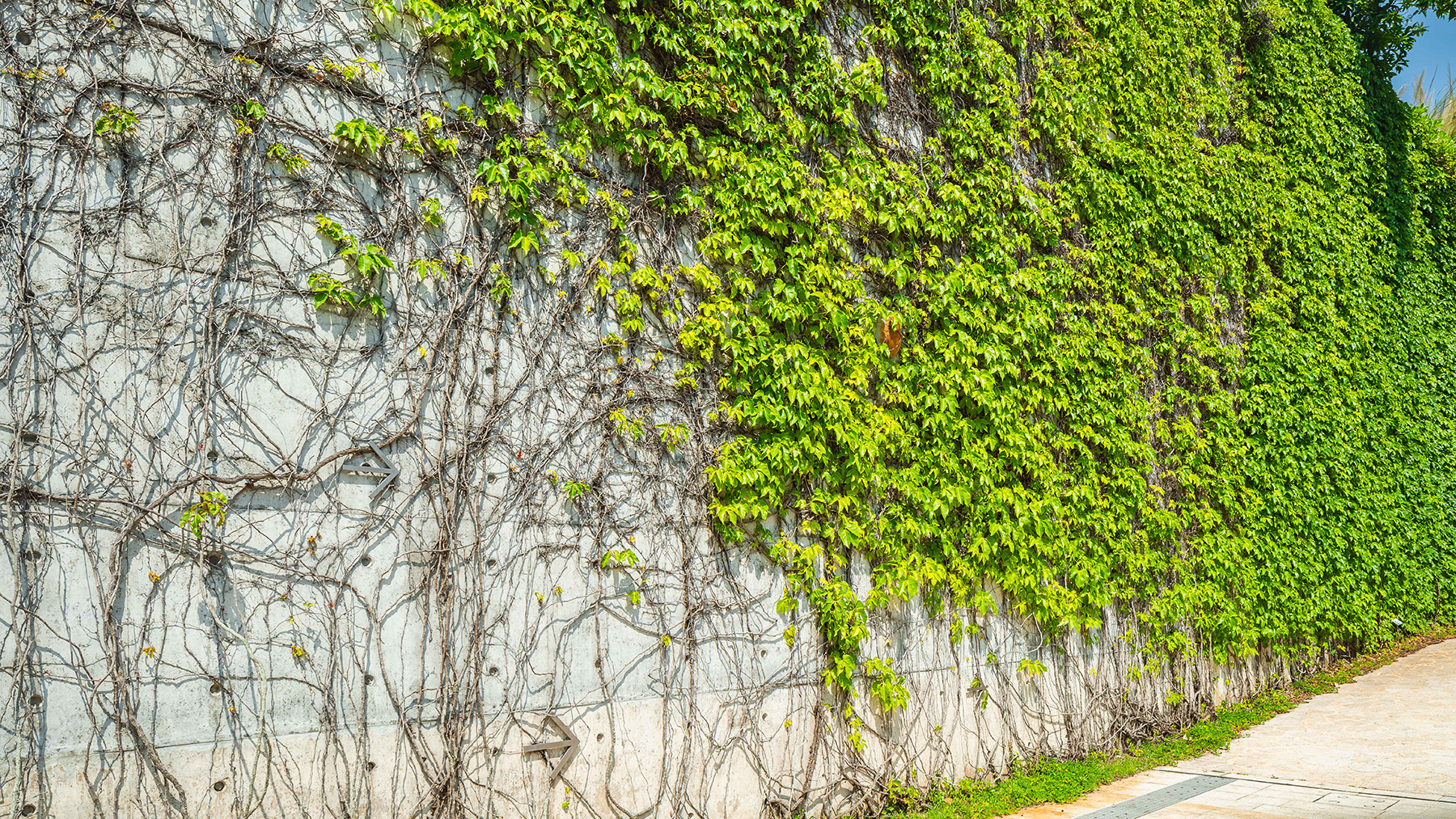
Vertical greening is a form of green infrastructure where plants are incorporated within or onto vertical services and structures. It usually refers to the planting along the facades and the edges of buildings, or planting on elevated planters and aims at creating greenery on the vertical surface.
Traditionally this involved using climbing plants to grow directly onto building’s surfaces or by twining through supports such as a trellis or lattice. Modern vertical greenery uses a variety of systems including cassette systems and pocket systems that include growing medium, irrigation, drainage and planting incorporated within a specially designed component structure.
Vertical greening fulfils our need for greenery with less space occupied. Green walls and surfaces can reflect solar radiation and reduce heat in the process of evapotranspiration. In a similar way to thermal insulation, these plantings can effectively moderate temperature and humidity and help mitigate urban heat island effect. Vegetation is also useful for filtering dust pollutants and reducing noise which can enhance cityscape as a whole.
For more information, please refer to Skyrise Greening.
Urban parks and green spaces have been providing refuge and respite in communities and they rapidly gained presence during the time of Covid-19. As public are advised to stay close to home and avoid crowded places, these green venues have become valuable places to maintain our well-being. Green, natural open spaces offers unconfined places to relax, reconnect to nature or simply a time-out from distress or hustle and bustle. It helps to clear our mind and improve our mood. The presence of green spaces also encourages citizens to purse active and healthy lifestyles by providing expansive and welcoming environment to exercise. Regular exercise can improve muscular and cardio-respiratory fitness, reduce the risk of chronic diseases, in long run building a healthier life.
